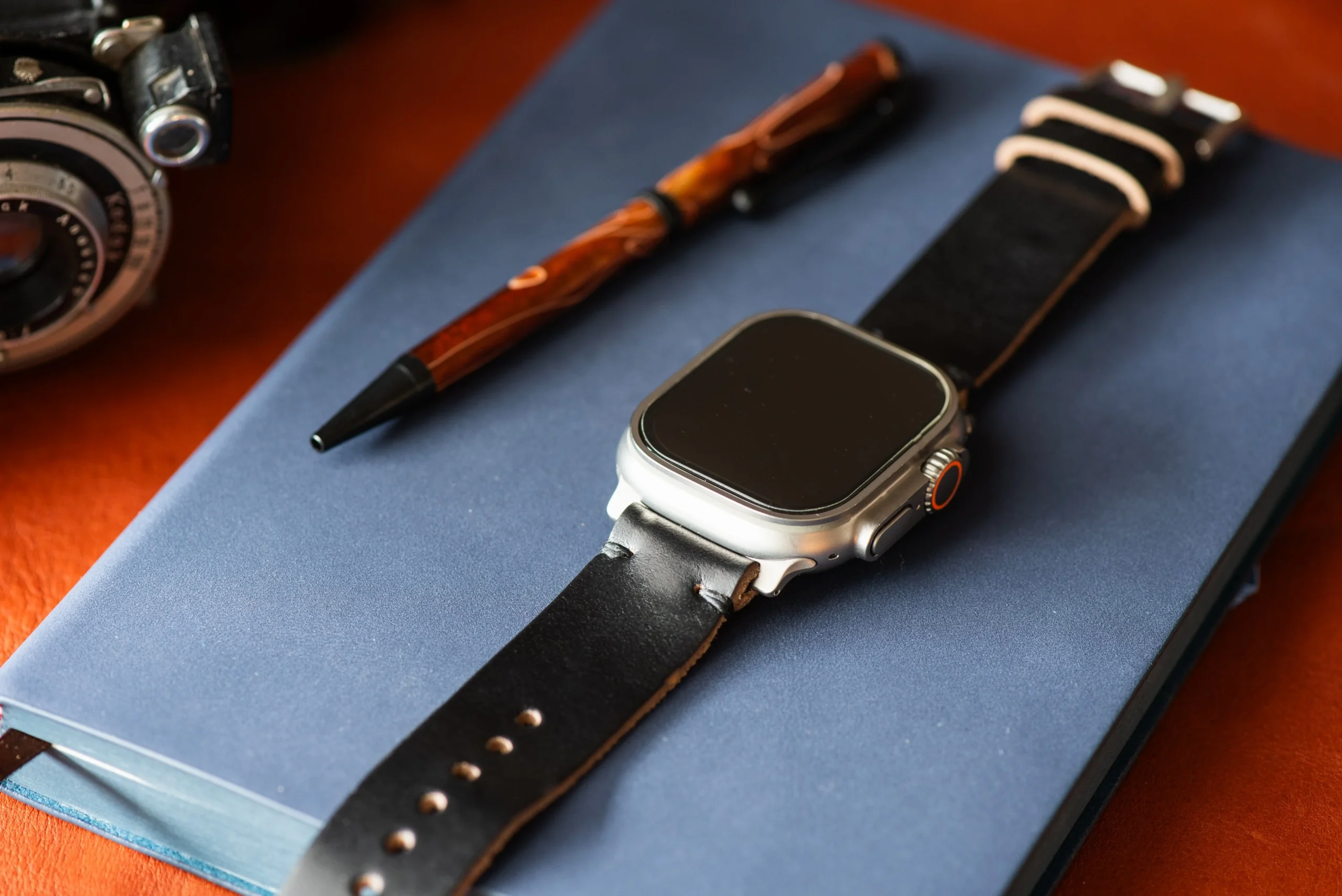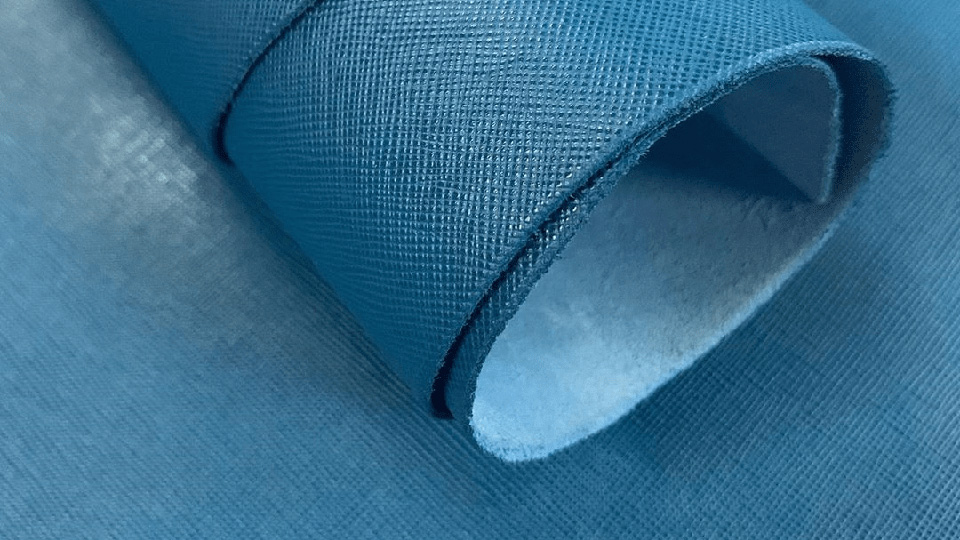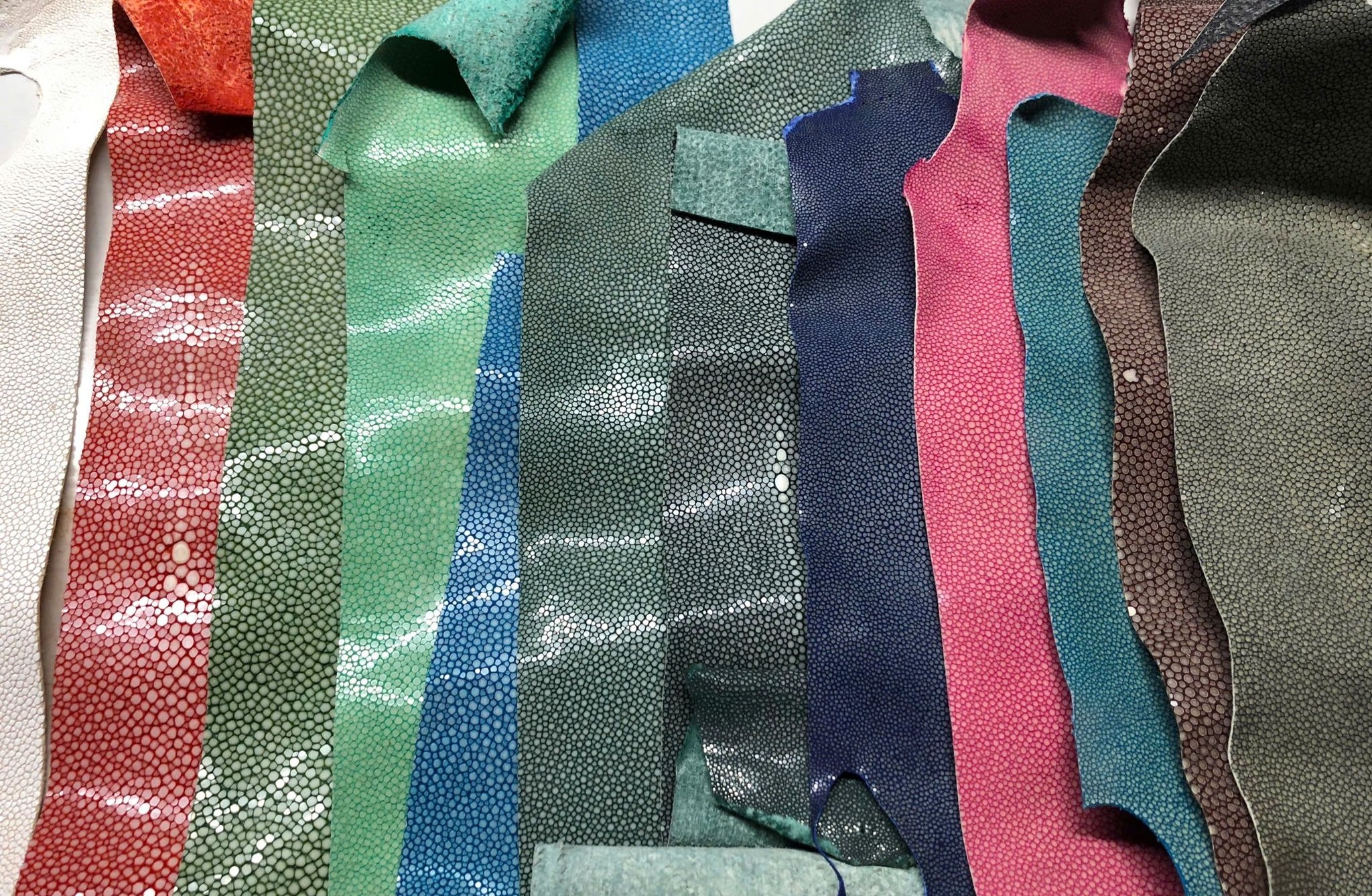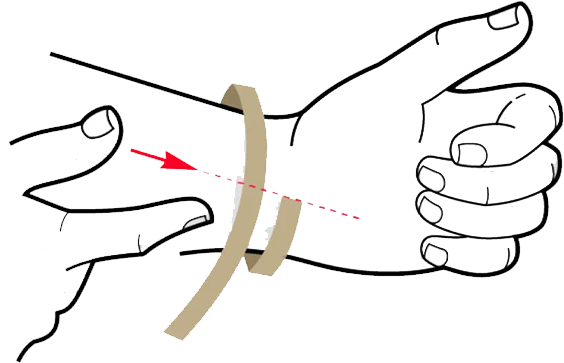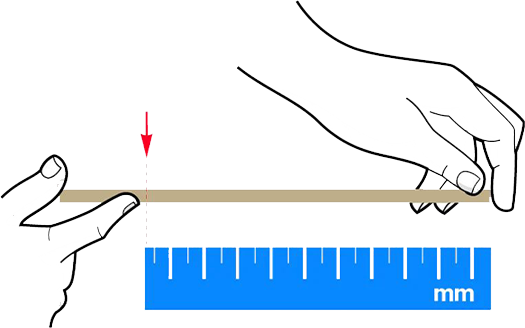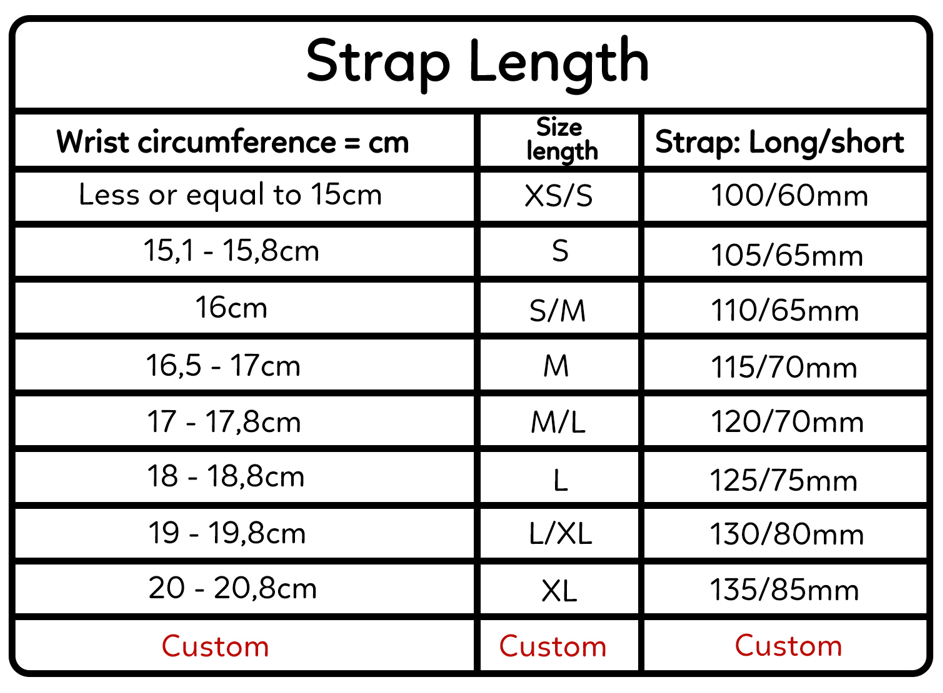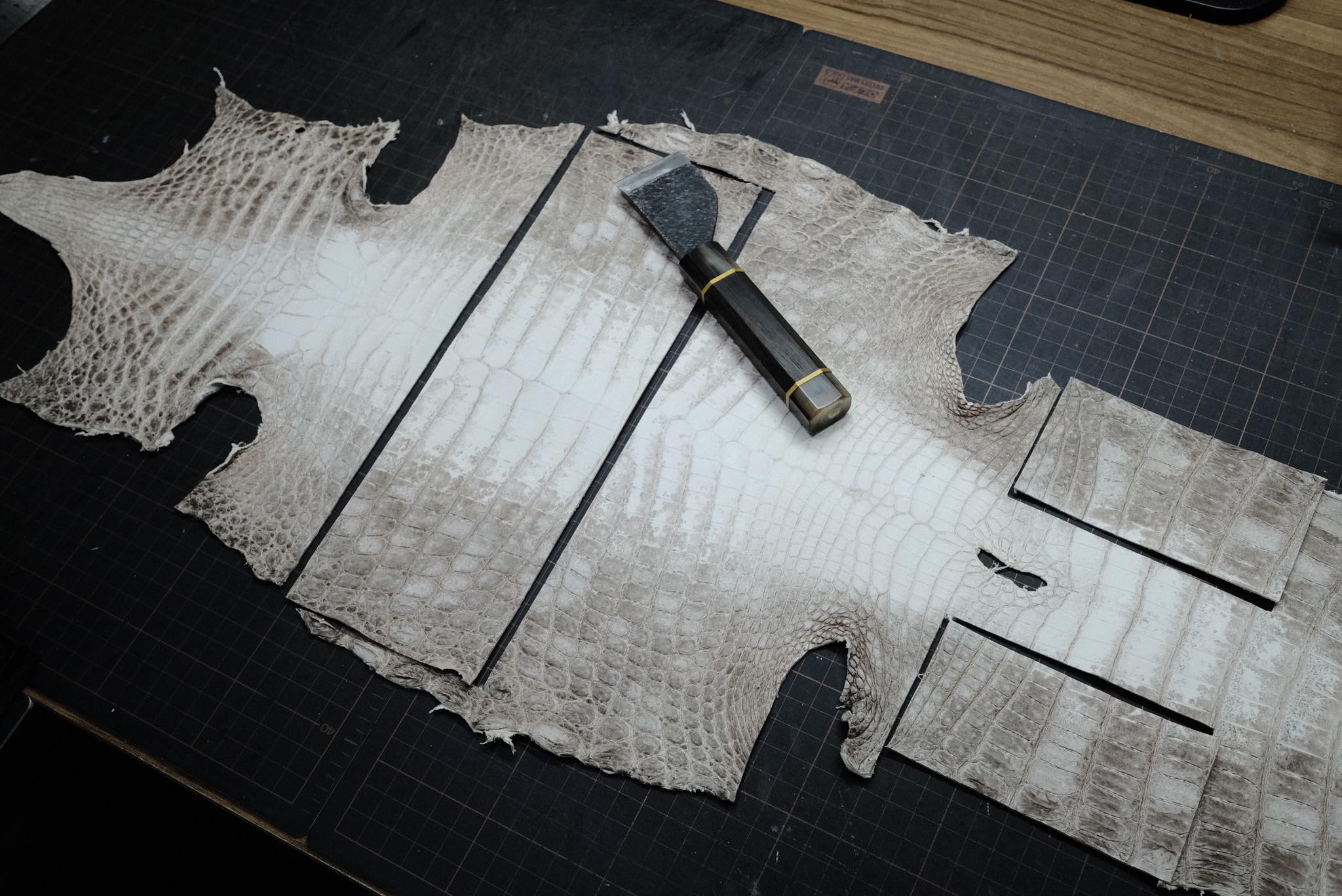
Why Genuine Leather Is a Smart Choice for Handmade Watch Straps
In a world full of synthetic materials and mass-produced accessories, the choice of material for your watch strap matters more than ever. For those who value both quality and authenticity, genuine leather offers an outstanding balance of durability, comfort, and style. Especially when handcrafted with care, a genuine handmade watch strap becomes more than just a functional piece—it becomes a personal statement.
What Exactly Is Genuine Leather?
Genuine leather is real leather, made from the inner layers of natural animal hide. Unlike synthetic leather (PU or faux leather), which is made from plastic and quickly deteriorates, genuine leather retains the natural fibers and texture of actual hide. It’s processed and finished to give a clean, uniform look while preserving many of the properties that make leather so valued: breathability, softness, and character.
Some people misunderstand the term “genuine leather,” assuming it refers to poor quality. In reality, it simply describes a category within real leather—often a more accessible and flexible option than premium full-grain. For many applications, especially handmade watch straps, genuine leather is an excellent and highly practical material.
Why We Use Genuine Leather in Our Handmade Straps
At our workshop, we specialize in handmade watch strap, and our choice of material reflects a balance between performance, aesthetics, and value. Genuine leather is ideal for this kind of craftsmanship for several reasons:
- Comfort from day one: Genuine leather is naturally soft and flexible, making it extremely comfortable to wear—even without a long break-in period.
- Workable for precise craftsmanship: It’s easy to cut, stitch, and mold into the refined shapes required for quality watch straps.
- Consistent texture and appearance: The surface of genuine leather is smooth and uniform, making it suitable for a wide variety of finishes and colors.
- Affordability without compromise: It delivers the experience of real leather without the price tag of full-grain or exotic leathers—perfect for everyday luxury.
How Does It Compare to Other Leather Types?
While full-grain leather is considered the highest grade due to its unaltered surface, it also tends to be stiffer and more expensive. Top-grain leather is sanded and treated for a smoother look but still comes at a premium. Genuine leather sits comfortably between these options: real leather with real character, but easier to work with and more budget-friendly for both artisans and buyers.
It’s important to note that genuine leather is still significantly superior to any synthetic material. Unlike PU leather, which often cracks and peels over time, genuine leather ages gracefully—gaining softness and character with use.
Still not sure about the differences? Check out this helpful overview on Wikipedia: Leather Grades.
Why It’s Ideal for Watch Straps
A watch strap isn’t just an accessory—it’s in contact with your skin all day. That’s why breathability, softness, and durability are key. Genuine leather offers all three. It doesn’t trap heat like plastic, molds gently to your wrist over time, and maintains a professional look whether you’re in the office or out for the weekend.
Because it’s easier to work with, genuine leather allows us to produce unique, handcrafted details—edge painting, hand-stitching, custom fits—that mass-produced straps can’t match. This material gives us the flexibility to offer a variety of styles, from classic to modern, while keeping everything handmade and personal.
How to Spot Real Genuine Leather
Look for:
- A natural leather scent—earthy, not plasticky
- Subtle variations in texture or grain, not perfectly uniform
- Clear labeling: “Genuine Leather” stamped on the underside
And most importantly: trust the maker. When you shop with us, you’re not just buying a product—you’re buying from artisans who value transparency and quality in every stitch. Browse our collection of genuine leather watch straps to see the difference yourself.
Conclusion
Genuine leather offers a real leather experience that blends comfort, durability, and affordability. In the hands of a skilled artisan, it becomes something truly special—a strap that feels as good as it looks, and that grows with you over time. Whether you’re building a collection or simply want a trusted everyday strap, genuine leather is a smart, stylish choice that doesn’t compromise on quality.
Check out our Watch Strap Collection at: ostrich leather



